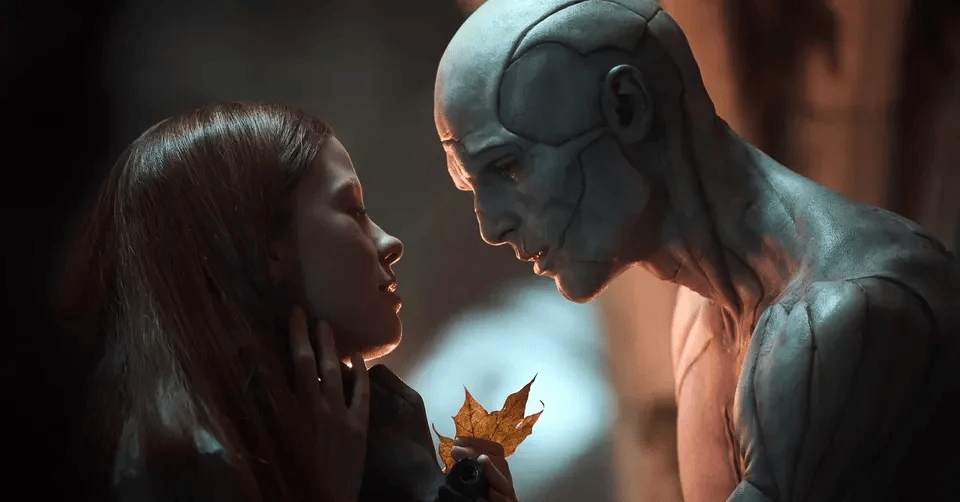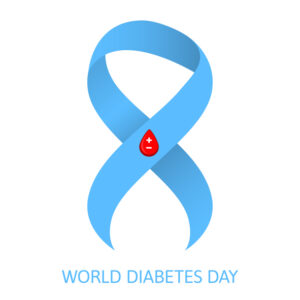
Guillermo Del Toro’s latest cinematic masterpiece, “Frankenstein,” has emerged as one of the most talked-about films of the year. Released in 2025, this adaptation of Mary Shelley’s classic novel has captivated audiences with its emotional depth and haunting narrative. Starring Oscar Isaac as Victor Frankenstein and Jacob Elordi as the Creature, Del Toro’s film transcends the traditional gothic horror genre, offering a profound exploration of human emotion and tragedy.
From the outset, viewers might anticipate a typical gothic horror experience, complete with eerie castles and unsettling atmospheres. However, Del Toro’s “Frankenstein” defies these expectations, delivering a raw and emotionally charged story that lingers long after the credits roll. The film eschews conventional scares in favor of a deeply human tragedy, leaving audiences feeling profoundly impacted.
Del Toro’s Passionate Adaptation
For those familiar with Del Toro’s body of work, the emotional depth of “Frankenstein” comes as no surprise. Known for his ability to weave fantasy and horror into deeply human stories, Del Toro’s passion for Shelley’s original novel is evident in every frame. This adaptation is not merely a retelling of a monster tale; it is a labor of love that elevates the source material into a complex character study.
Del Toro’s interpretation focuses on the inadequate relationship between a father and son, a theme central to Shelley’s novel. The film explores Victor Frankenstein’s struggle with generational trauma and emotional abandonment, ultimately leading to the creation and rejection of the Creature. This narrative shift from science fiction to emotional exploration challenges viewers to reconsider who the real monster is in this story.
Award-Worthy Performances
Jacob Elordi’s portrayal of the Creature is a standout performance that elevates the film to new heights. Through subtle expressions and a powerful gaze, Elordi conveys the Creature’s innocence, vulnerability, and longing for connection. His nuanced performance invites empathy and challenges preconceived notions about monstrosity.
Mia Goth’s portrayal of Elizabeth Lavenza adds another layer of depth to the film. Her quiet devotion and tragic presence complement the emotional weight of the story, though some may wish her character had been more prominently featured.
Visual and Emotional Impact
Beyond its emotional narrative, “Frankenstein” is a visual masterpiece. The film’s stunning cinematography and meticulous costume design create an immersive experience that enhances the story’s emotional impact. From the dramatic opening sequence to the exquisite costumes, every detail serves to amplify the film’s haunting beauty.
The visual elements are not merely for aesthetic pleasure; they contribute to the film’s emotional resonance. The juxtaposition of beauty and tragedy leaves a lasting impression, making “Frankenstein” not just a film to watch, but an experience to feel deeply.
The Legacy of “Frankenstein”
As audiences continue to engage with Del Toro’s “Frankenstein,” the film’s impact on the gothic horror genre and cinematic storytelling becomes increasingly apparent. By focusing on emotional depth and human vulnerability, Del Toro has redefined what a horror film can be, offering a narrative that is as intellectually engaging as it is emotionally stirring.
For those yet to experience this cinematic journey, prepare for an emotional ride that challenges perceptions and evokes profound reflection. “Frankenstein” is not just a movie; it is a testament to the power of storytelling and the enduring relevance of Shelley’s themes in today’s world.
As the film continues to resonate with audiences, its legacy is poised to influence future adaptations and inspire filmmakers to explore the emotional depths of classic tales. Del Toro’s “Frankenstein” is a haunting reminder of the complexities of the human condition, and its impact will be felt for years to come.
For those planning to watch, be prepared for an emotional experience that will stay with you long after the theater lights dim. And remember, bring tissues.







